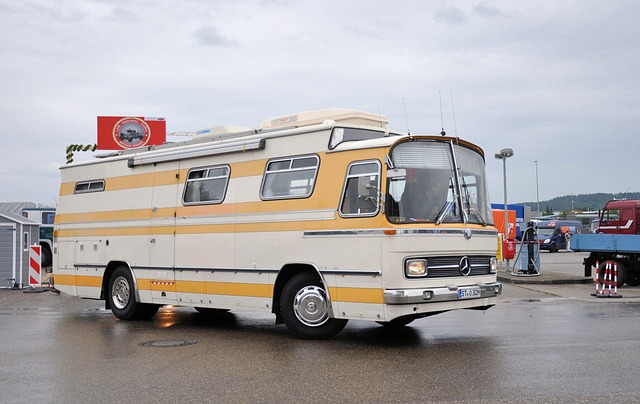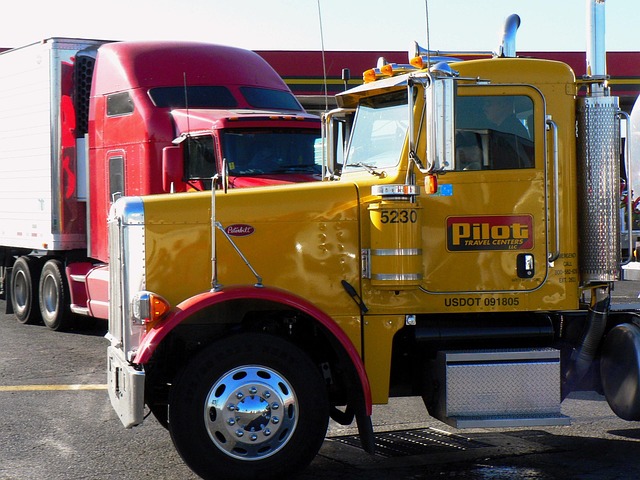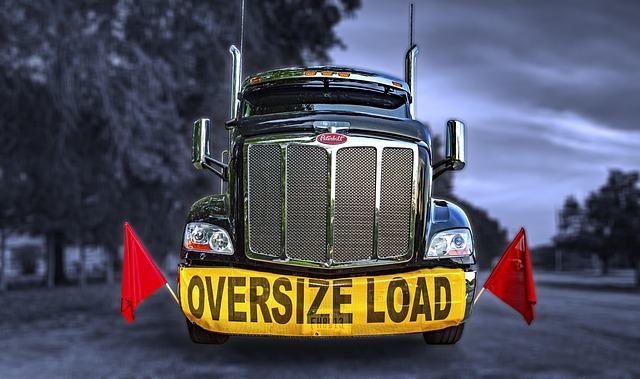Looking to register your car in California? This comprehensive guide walks you through every step, from understanding key requirements and gathering essential documents to completing the registration application process. A crucial part of this journey is the DMV’s VIN verification, ensuring your vehicle meets all safety standards. By following these straightforward steps, you’ll be on your way to securing your California car registration promptly.
- Understand California Vehicle Registration Requirements
- Gather Necessary Documents for Car Registration
- Visit Your Local DMV for VIN Verification
- Complete the Registration Application Process
- Pay the California Car Registration Fees
Understand California Vehicle Registration Requirements

Before registering your car in California, it’s crucial to understand the state’s specific requirements for vehicle registration and documentation. The California Department of Motor Vehicles (DMV) has strict guidelines that owners must adhere to ensure a smooth registration process. One essential step is the DMV’s Vehicle Identification Number (VIN) verification, which ensures the authenticity and history of your vehicle. This process involves cross-referencing the VIN with state records to confirm its compliance with safety standards and to check for any outstanding issues like fraud or unpaid taxes.
Additionally, California requires specific documents, including proof of ownership, a valid driver’s license, and payment for registration fees. For convenience, many residents opt for a mobile VIN inspection or verification service, allowing them to complete these initial steps from the comfort of their homes. This modern approach streamlines the traditional process, making car registration more accessible and efficient in California.
Gather Necessary Documents for Car Registration

Before heading to the DMV for car registration, make sure you gather all the essential documents. This process varies slightly depending on whether you’re registering a new or used vehicle, but there are some key pieces of paperwork that will be required in all cases. For a new car, you’ll need proof of purchase, manufacturer’s certification, and your driver’s license. If it’s a used car, along with the aforementioned documents, you must also provide a Vehicle Identification Number (VIN) verification report from a trusted source, like a mobile vin verifier or through an online inspection service.
A mobile vin verification service can be especially convenient as it allows for quick and easy validation of your vehicle’s history and identification. This is crucial when registering a used car to ensure you’re protected against any potential issues or fraud. Remember to bring along your registration fees, which can be paid by cash, check, or credit card, depending on the DMV’s policies.
Visit Your Local DMV for VIN Verification

To register your car in California, one crucial step is visiting your local DMV for VIN verification. This process ensures that the vehicle’s identification number (VIN) is accurate and matches the make, model, and year of your car. The DMV will cross-reference this information with their records to confirm ownership and ensure the vehicle meets all safety standards.
A mobile vin verifier or even a simple vin inspection at home can help you prepare for this step. By verifying the VIN beforehand, you can save time during your visit to the DMV. This way, you’ll be ready to provide them with accurate details, making the registration process smoother and faster.
Complete the Registration Application Process

After gathering all the necessary documents, it’s time to initiate the registration process with the California Department of Motor Vehicles (DMV). Start by completing the Registration Application Form, which can be obtained either online or in person at any DMV field office. Ensure that you fill out every section accurately and completely, as any missing or incorrect information may delay your registration.
One crucial step is to undergo a vin inspection, where the unique vehicle identification number (VIN) is verified. You can do this through a mobile vin inspection service, which offers convenience by coming to your location. Alternatively, many mobile vin verifier apps provide quick and easy online verification, making it a straightforward process that aligns with California’s requirements.
Pay the California Car Registration Fees

To complete the registration process, you’ll need to pay the California car registration fees. These fees vary based on your vehicle’s type and weight, but generally include a base fee plus taxes. The California Department of Motor Vehicles (DMV) offers several payment options, including online, by mail, or in person at a local DMV office. Before submitting your application, ensure you’ve passed the required safety inspections, such as a vehicle emission test (if applicable) and a DMV vin verification check. This includes a mobile vin inspection if needed, ensuring your car meets all safety standards.
Remember that timely renewal is crucial to avoid penalties. Keep an eye on your registration expiration date and pay close attention during the renewal process. The DMV may also charge additional fees for late renewal or certain modifications made to your vehicle. Always refer to the official DMV guidelines for up-to-date information, especially regarding any recent changes in regulations or fee structures.
Registering a car in California involves understanding state requirements, gathering essential documents, and completing a straightforward application process at your local DMV. Ensure you have the correct paperwork, including proof of ownership and identification. After passing the required VIN verification, you’ll pay the associated fees to finalize the registration, ensuring your vehicle is legally recognized on California’s roads. Remember, proper documentation and adherence to these steps are crucial for a smooth car registration experience in this state.
